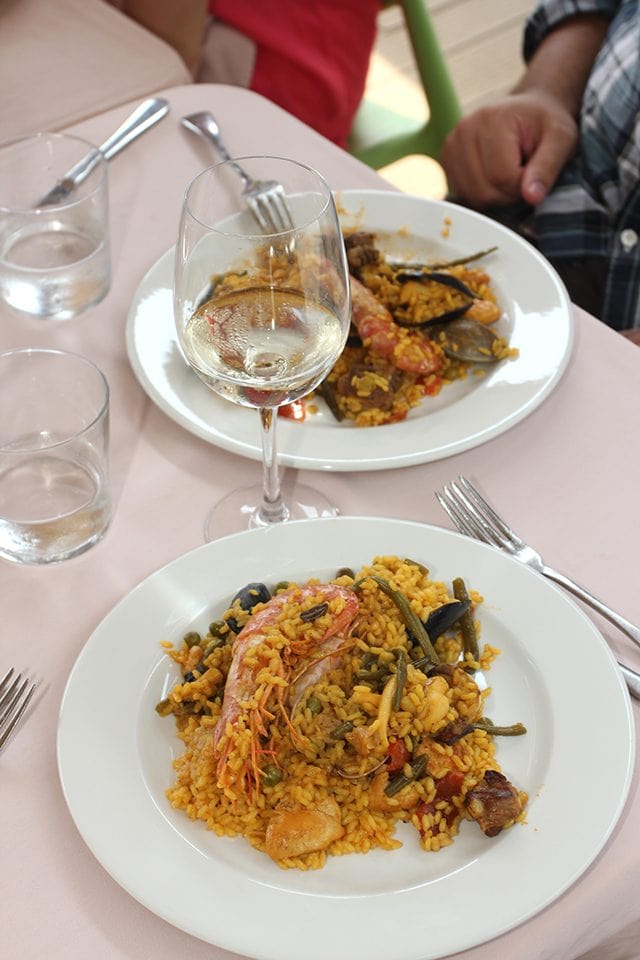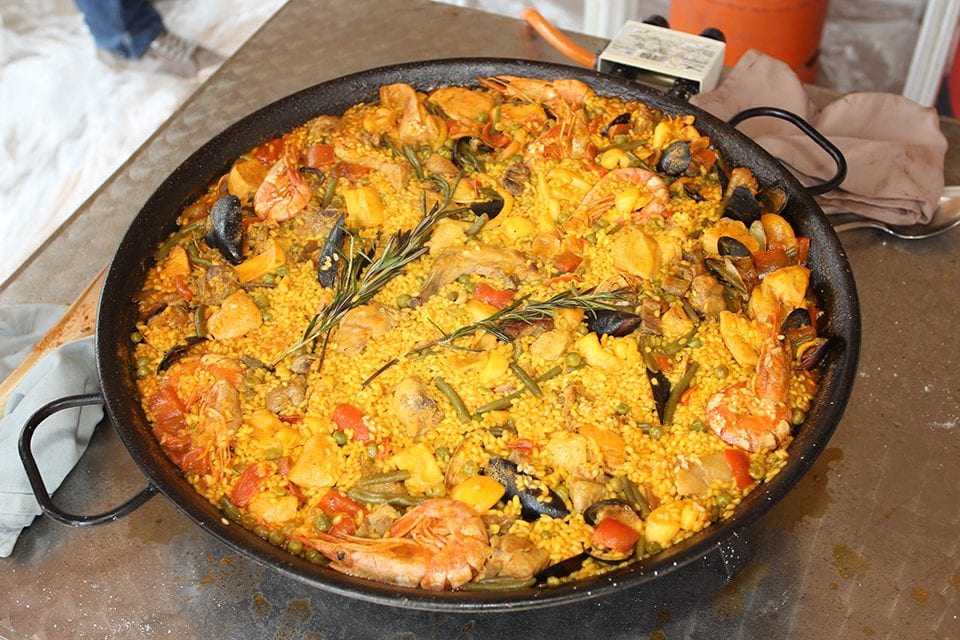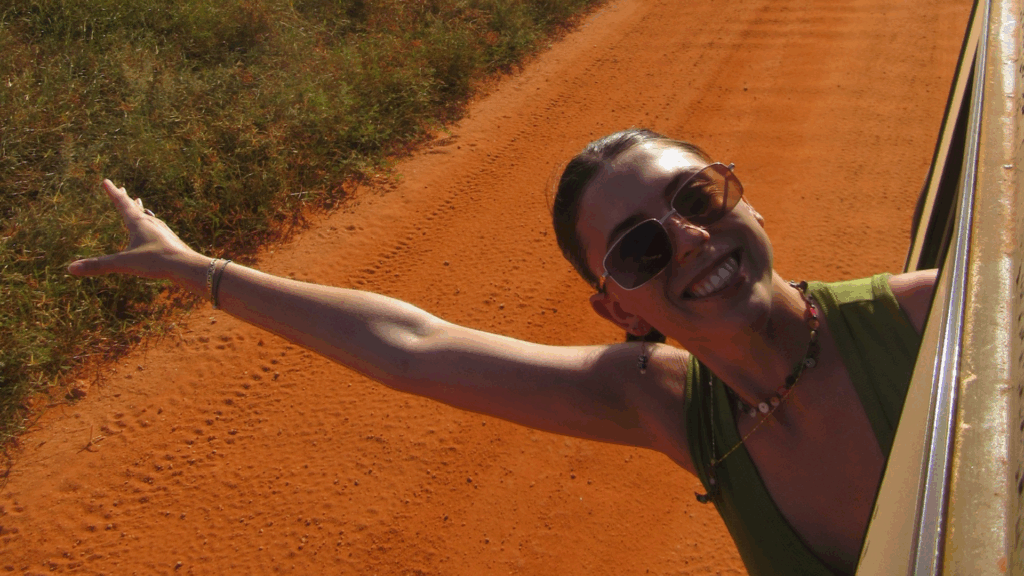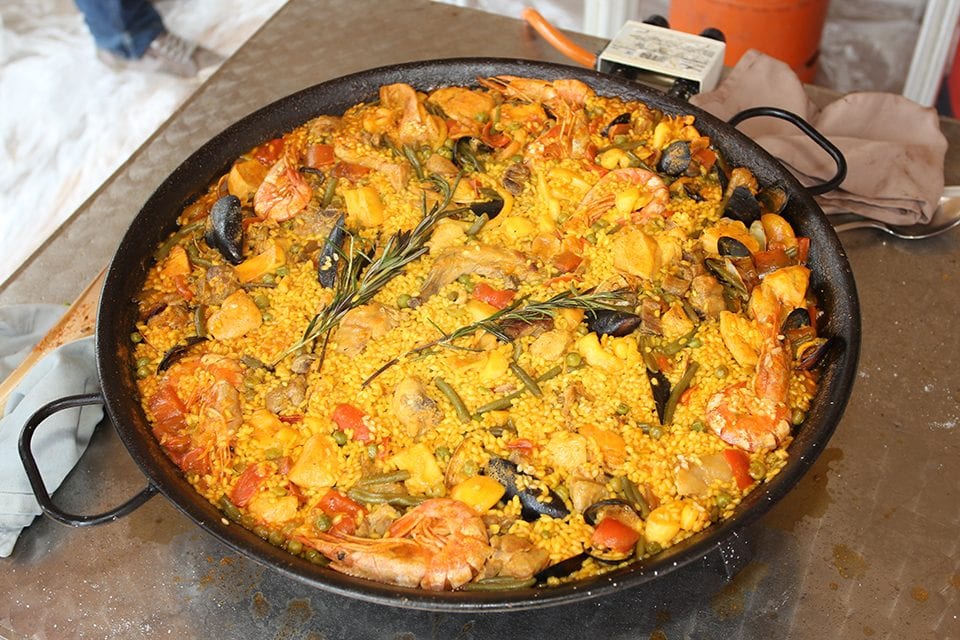
Meals are arguably one of the most important elements of Spanish culture. They are long, social, and nourishing events. On this trip students get a flavor for one of the most common dishes of the region; paella.
Tour guide William George Hardy starts by talking about all the different ingredients used in paella, as well as those that are notably not used. He leads the students through La Boqueria where they experience the hustle and bustle of the city’s main market.
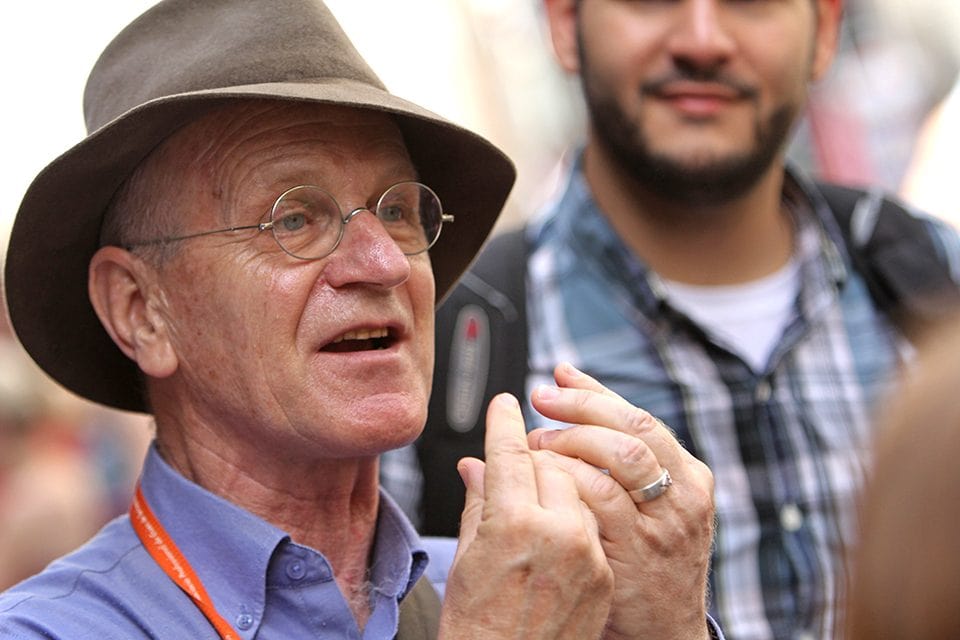
Departing from the market, Hardy takes us to Xup Xup, a restaurant named after the bubbling sound paella makes when all the ingredients are blending and cooking together. Right away each student is invited by chief Manuel to jump in and help make our paella lunch.
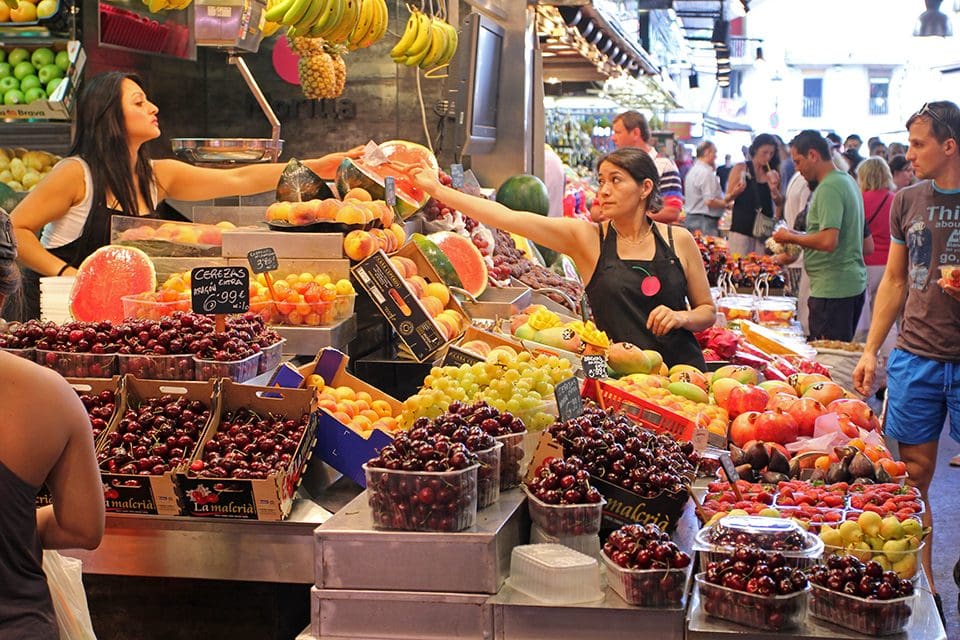
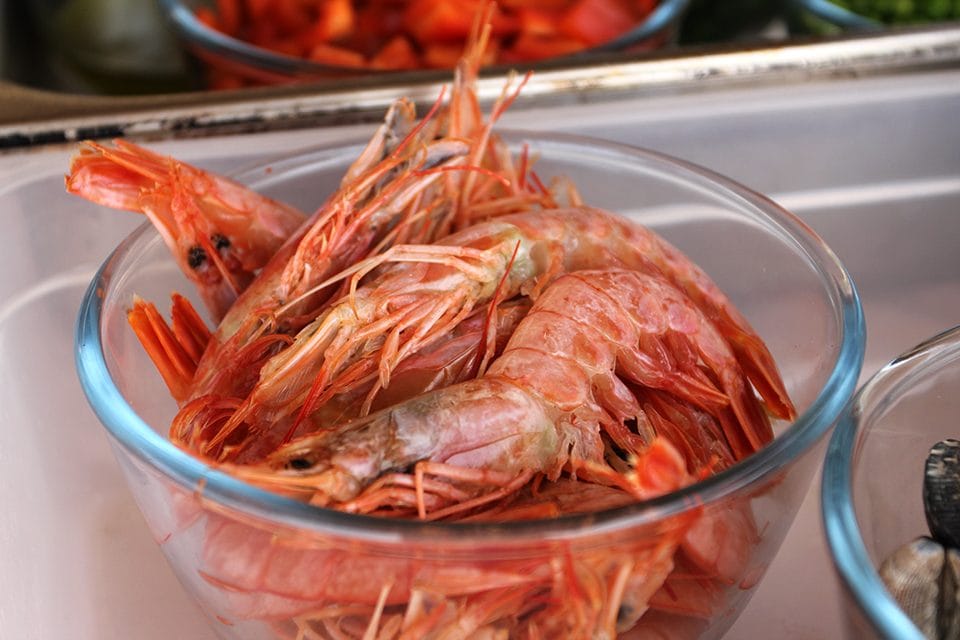
The cooking experience starts with the sound of sizzling as chicken, rabbit, and spar ribs brown in two, three-foot pans. The smell of fresh olive oil mixes with the juices of the protein, and the crackling sound of the browning meat fills the air. In what feels like a few short minutes, we add bright peppers, peas, and green beans, contributing vibrancy to the scene that delights the eyes. In order to prevent scorching, a liquid called piccada is added; it’s made from olive oil, parsley, and chopped garlic. The smell of sea air wafts through the outdoor kitchen blending with the aromas of the paella and building the anticipation for our meal, which is sure to be delicious. The prawns, mussels, and clams are added to the pan with all their shells (and heads) still on; Spaniards look for any reason to make the social experience of a meal last longer, and what better way then to take the time to shell and enjoy these fruit of the sea.
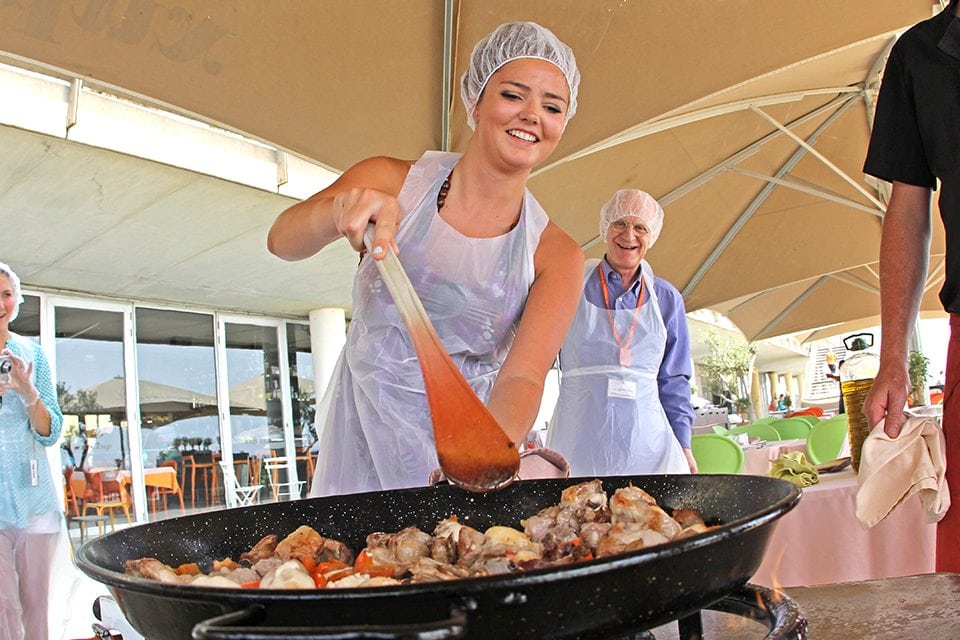
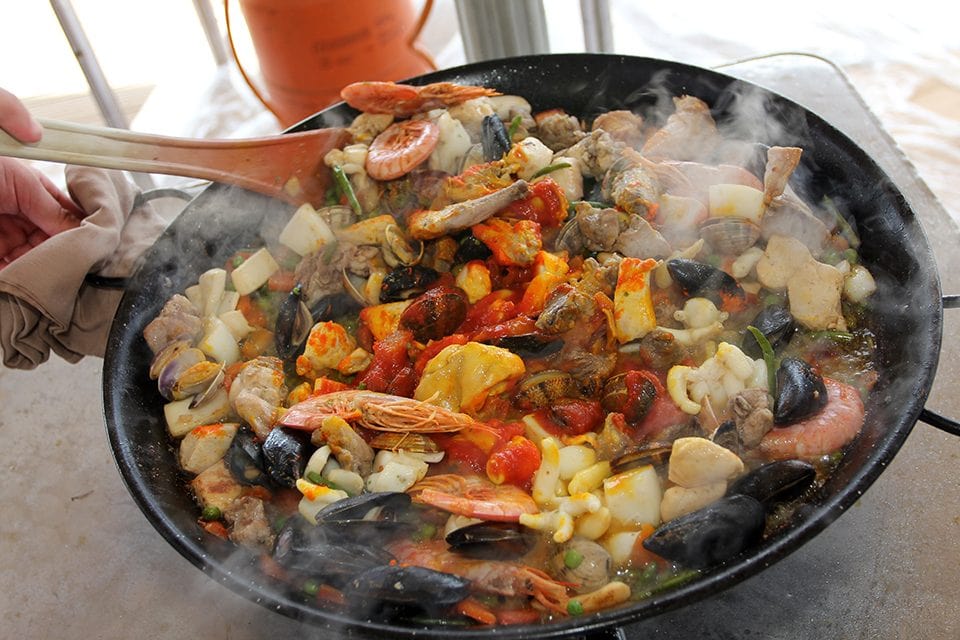
The final step is to add the rice and let everything simmer for 20-30 mins. While the students wait for paella, they enjoy local salad, traditional potatoes with spicy sauce, and crispy calamari.
Finally the anticipation is over. The table goes quiet. Students take their time enjoying every single bite of this dish that lights up the pallet, engaging taste sensations of salt, sweet, bitter, sour, and umami.
Paella is a dish loved by all in Spain, be it locals or visitors. Let us know if you love paella and where you discovered it.
